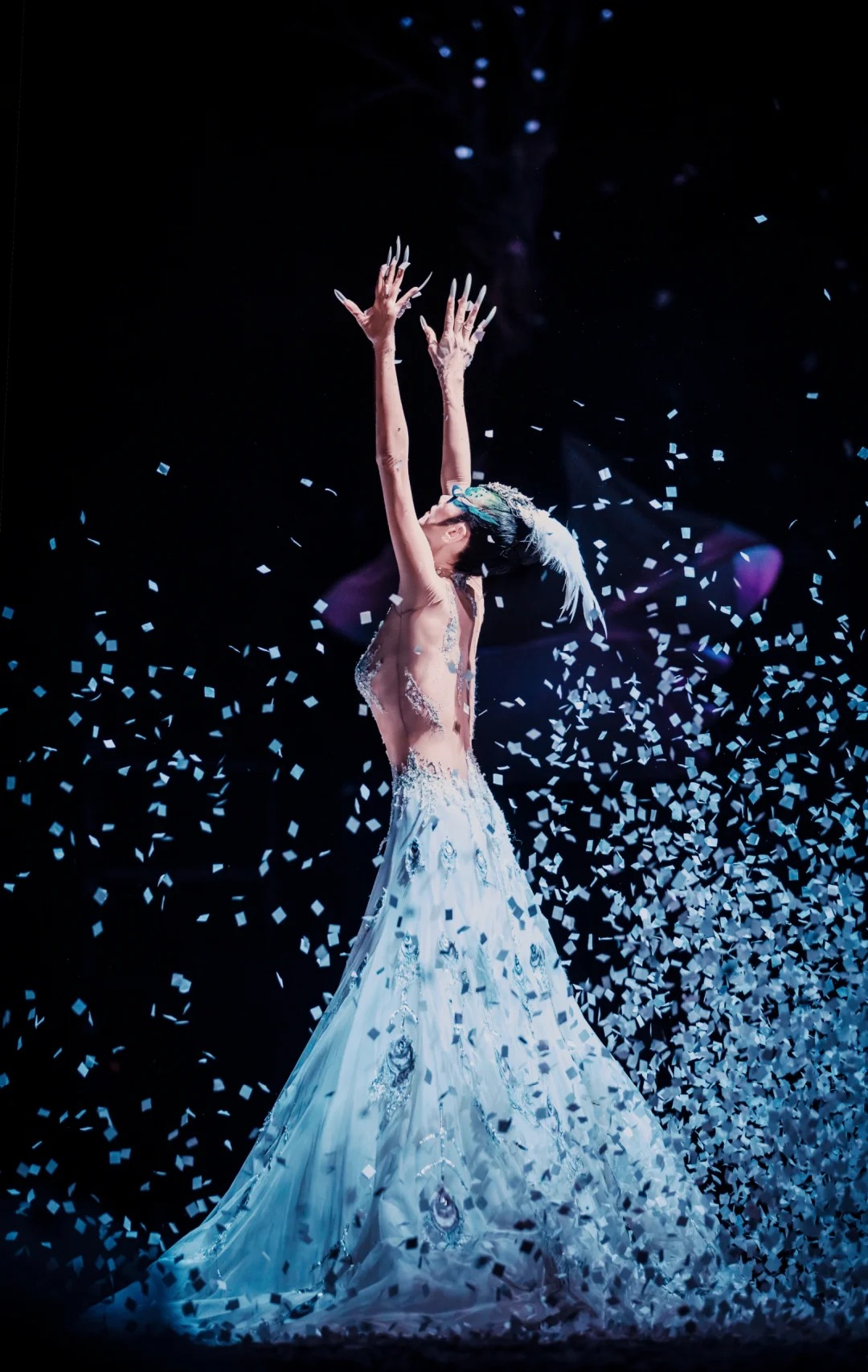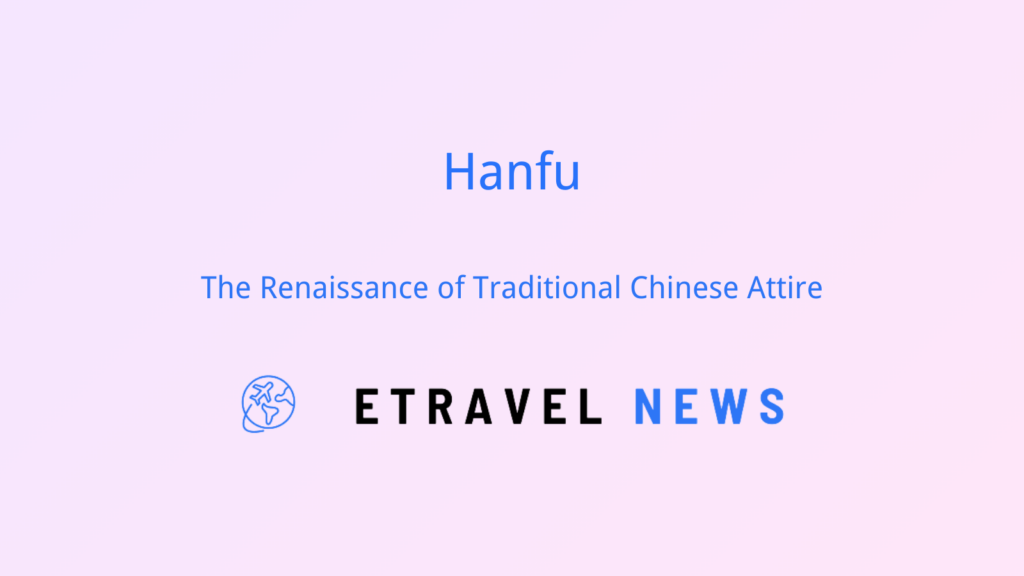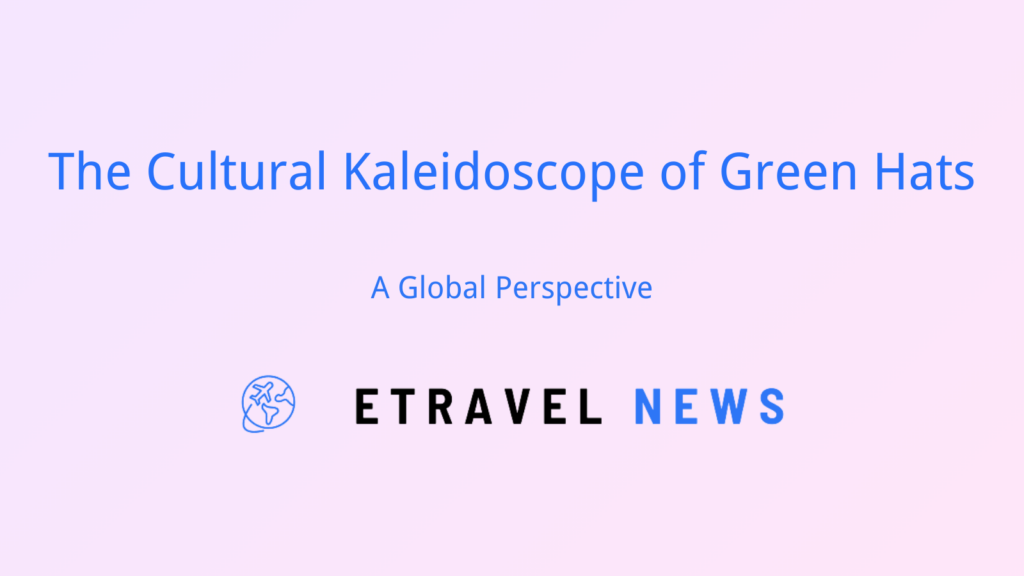Introduction to the Peacock Dance
The Peacock Dance, a mesmerizing display of grace and beauty, stands as one of China’s most iconic ethnic minority performances. Originating from the Dai people of Yunnan Province, this dance has captivated audiences for centuries with its elegant movements and vibrant costumes.
More than mere entertainment, the Peacock Dance embodies the spirit and traditions of the Dai culture. It serves as a living testament to the rich diversity of China’s ethnic heritage, offering viewers a glimpse into the unique customs and beliefs of the Dai people.
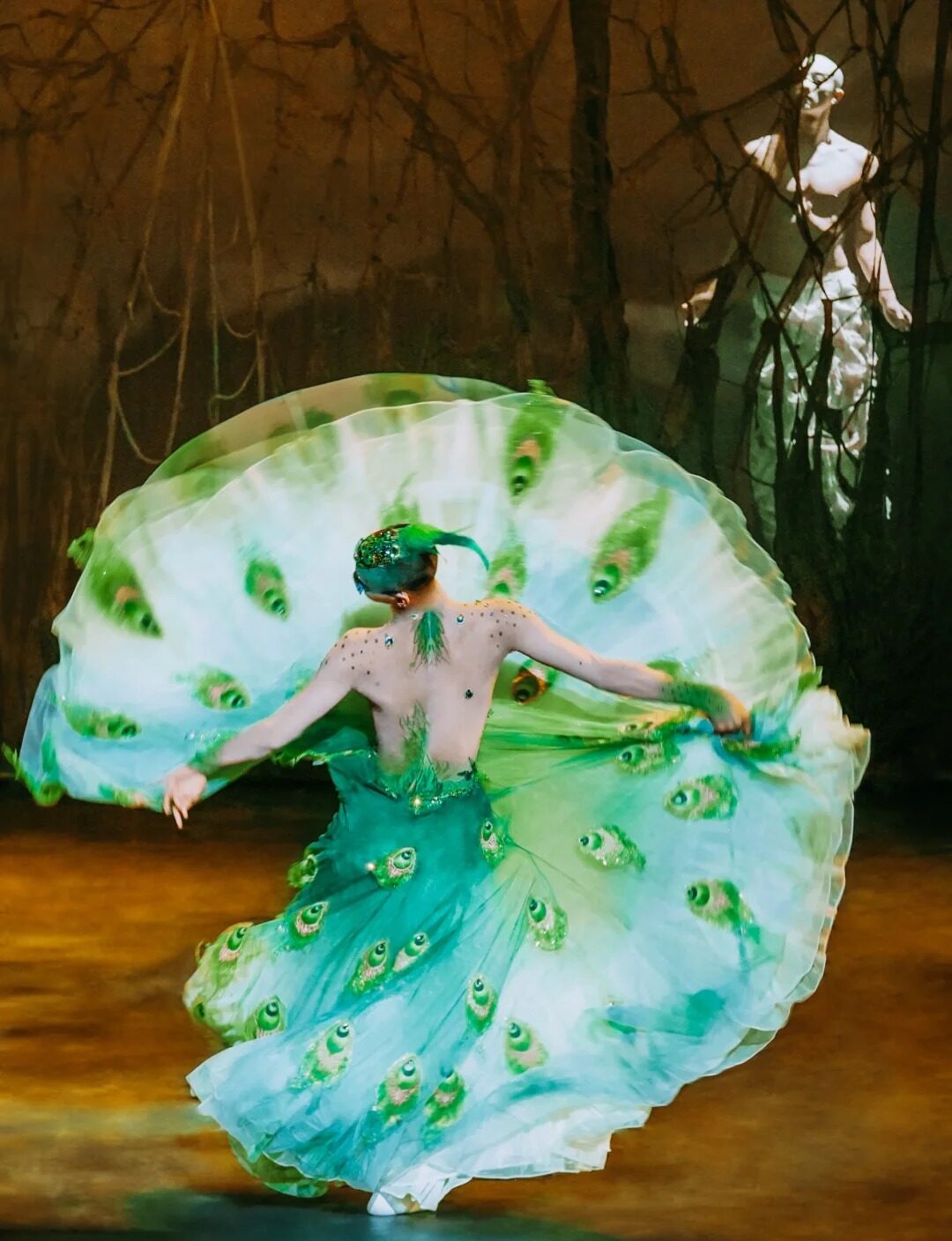
Historical Background and Origins
Rooted in ancient Dai folklore, the Peacock Dance traces its origins to the misty mountains and lush valleys of Yunnan. Legend tells of a beautiful peacock princess who saved the Dai people from drought, cementing the bird’s status as a symbol of good fortune and prosperity.
Over centuries, the dance evolved from simple tribal rituals to a refined art form. It incorporates elements of Dai mythology, Buddhist symbolism, and the natural grace of the peacock itself. This evolution reflects the Dai people’s deep connection to nature and their spiritual beliefs.
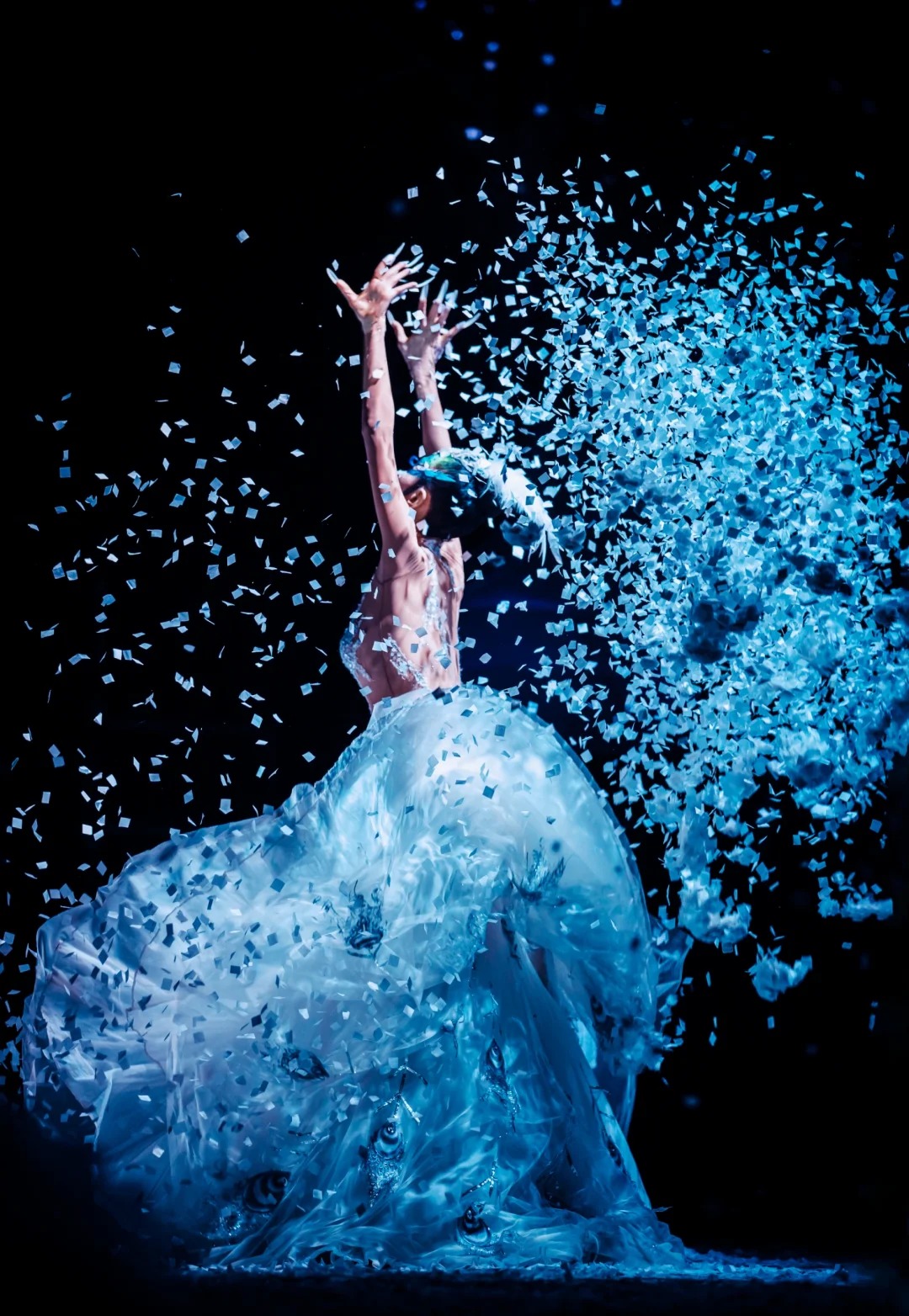
Choreography and Performance Style
The Peacock Dance is characterized by fluid, graceful movements that mimic the behavior of its namesake bird. Dancers skillfully recreate the peacock’s:
- Proud strut
- Delicate preening
- Majestic flight
Hand gestures play a crucial role, with fingers splayed to represent the peacock’s fan-like tail. Dancers move with bent knees and arched backs, embodying the bird’s elegant posture. Facial expressions convey a sense of pride and serenity, mirroring the peacock’s regal demeanor.
While traditionally performed as a solo dance, modern interpretations often feature group performances, creating stunning visual displays of synchronized movement.
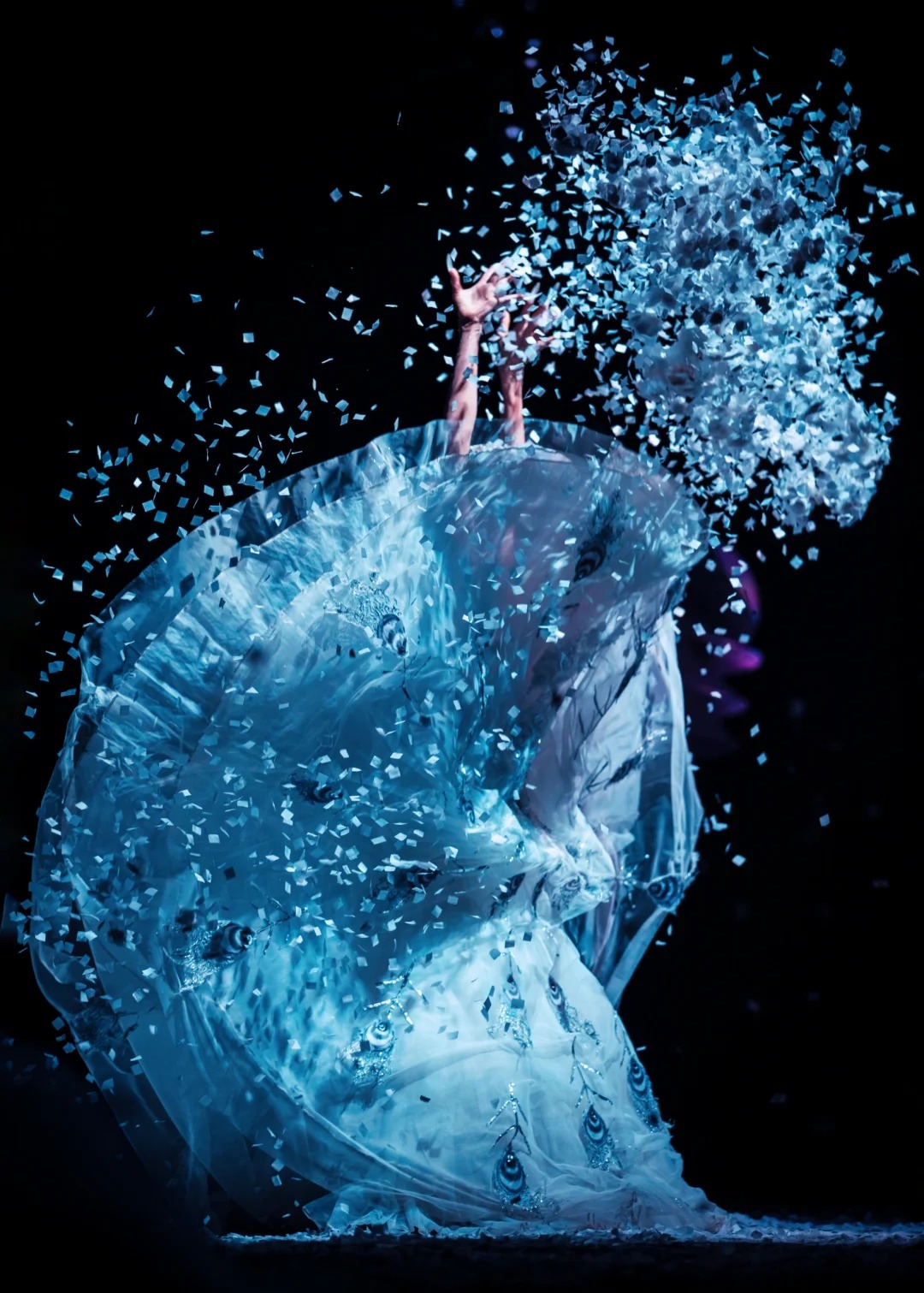
Costumes and Music
The costumes of the Peacock Dance are a spectacle in themselves, designed to evoke the dazzling plumage of a peacock:
| Costume Element | Description |
|---|---|
| Body suit | Vibrant blue or green, adorned with sequins |
| Skirt | Layered and flowing, mimicking tail feathers |
| Headdress | Ornate, featuring peacock feathers or representation |
| Accessories | Long, flowing sleeves and intricate jewelry |
Traditional Dai instruments provide the musical backdrop for the dance:
- Elephant-foot drum (称鼓 – chēng gǔ)
- Gong (锣 – luó)
- Flute (笛子 – dí zi)
The music features a distinctive rhythm that alternates between slow, graceful passages and more energetic, percussive sections, guiding the dancer’s movements throughout the performance.
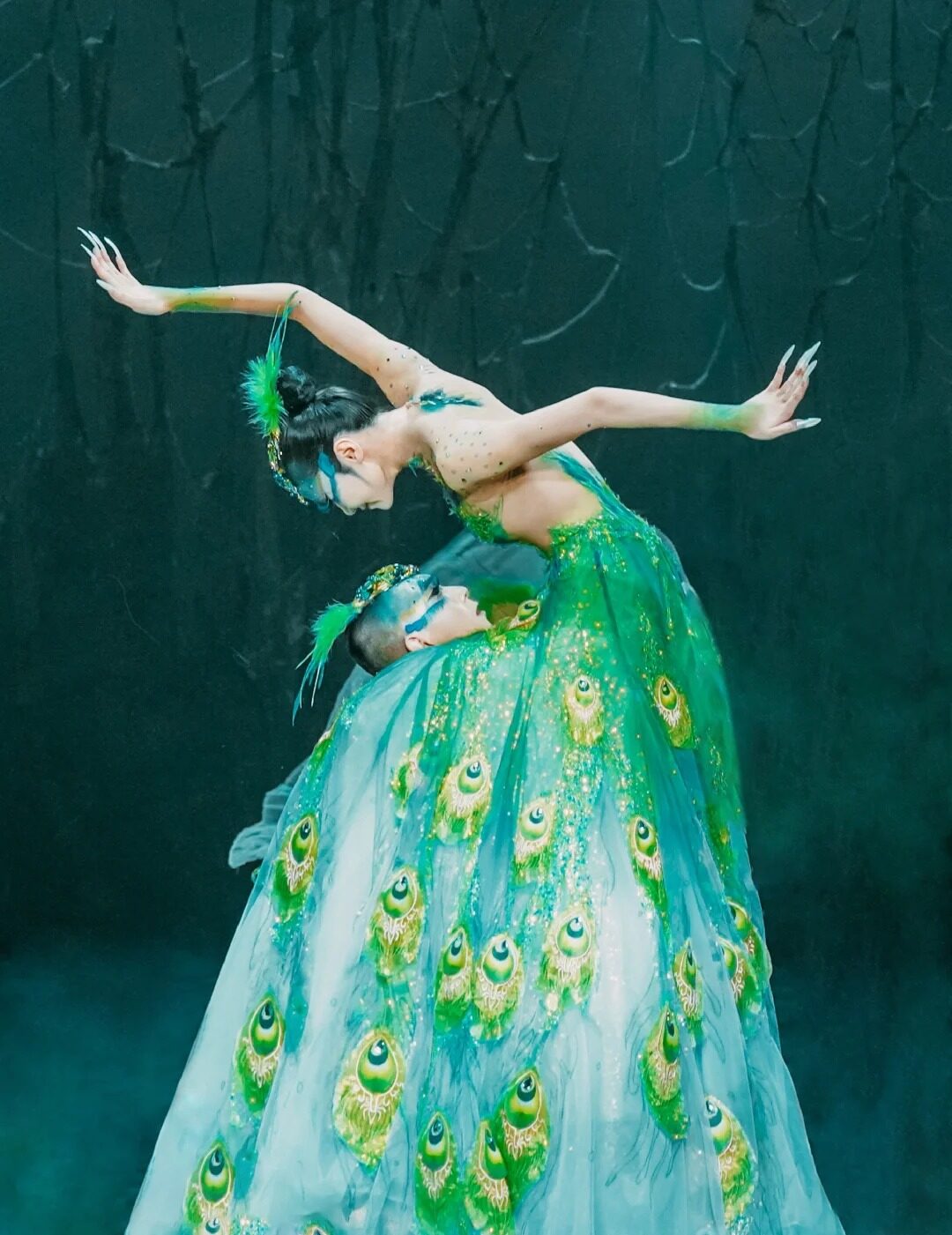
Cultural and Religious Significance
For the Dai people, the Peacock Dance is more than entertainment; it’s a vital part of their cultural and spiritual expression. Featured prominently in festivals such as the Water-Splashing Festival, the dance serves multiple purposes:
- Honoring deities and spirits
- Celebrating harvests and seasonal changes
- Marking important life events (weddings, coming-of-age ceremonies)
The dance’s connection to Buddhist traditions is evident in its graceful movements and symbolic gestures, reflecting the Dai people’s spiritual beliefs. Through the Peacock Dance, the Dai community preserves and celebrates their unique cultural identity.
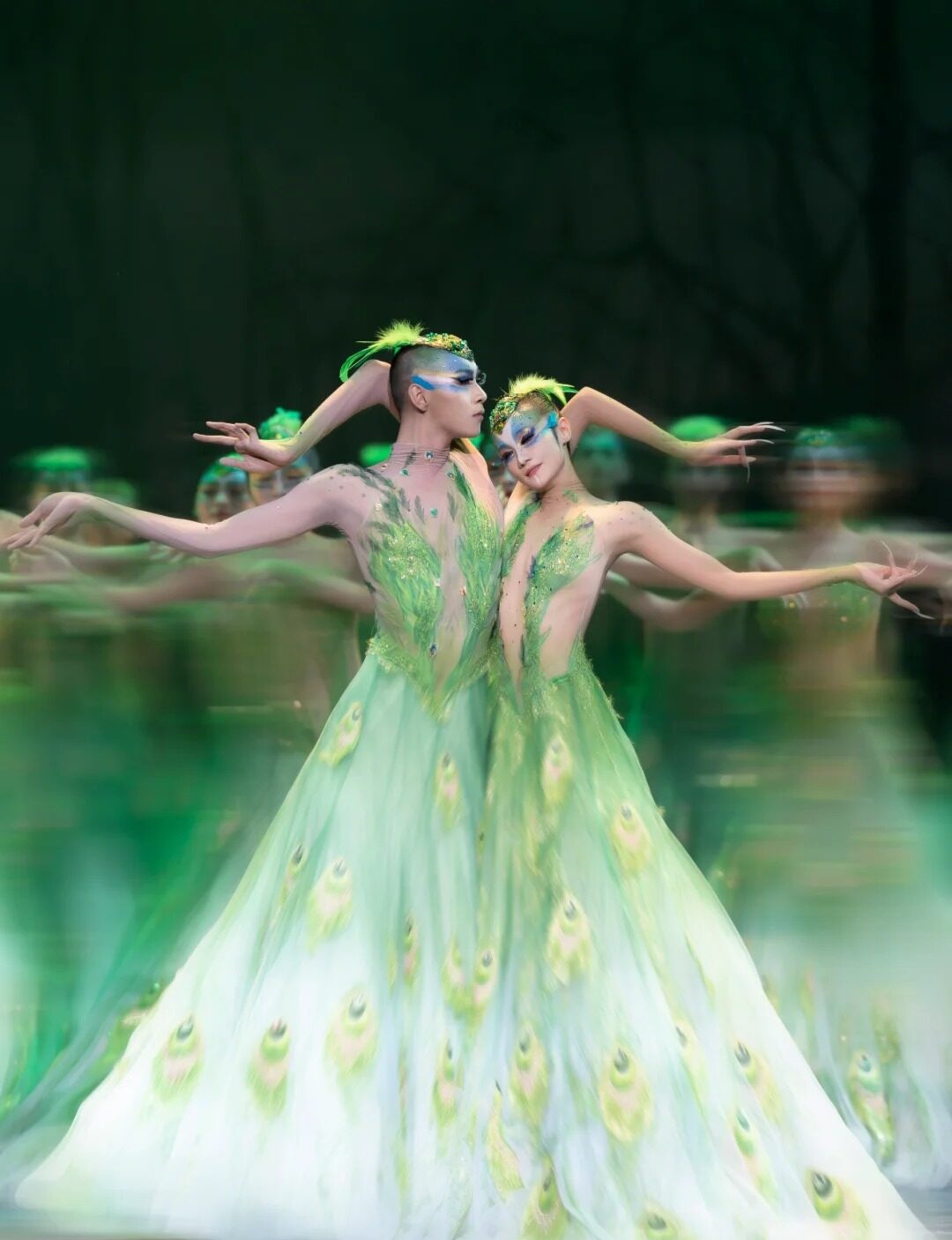
Modern Interpretations and Global Recognition
In recent decades, the Peacock Dance has gained recognition far beyond Yunnan’s borders. Contemporary choreographers have adapted the traditional form, creating large-scale productions that showcase the dance’s beauty to wider audiences.
The dance has been featured in:
- National Day celebrations in Beijing
- International cultural exchange programs
- Opening ceremonies of major sporting events
In 2006, the Peacock Dance was included in China’s national intangible cultural heritage list, acknowledging its importance to the nation’s cultural diversity.
Experiencing the Peacock Dance
To witness authentic Peacock Dance performances, Xishuangbanna in Yunnan Province is the ideal destination. This region, home to many Dai communities, offers numerous opportunities to experience the dance:
- Dai New Year celebrations (usually in April)
- Cultural shows at the Dai Ethnic Park
- Evening performances in Jinghong City
For the best experience:
- Visit during major festivals for the most vibrant atmosphere
- Book a tour that includes a visit to a Dai village
- Try learning basic dance movements in a workshop
Photography tips:
- Use a fast shutter speed to capture the swift movements
- Focus on details like hand gestures and facial expressions
- Capture the full costume in wide shots
Nearby attractions include:
- Xishuangbanna Tropical Botanical Garden
- Manting Park (曼听公园)
- Wild Elephant Valley
Accommodation options range from basic guesthouses in Dai villages to luxury resorts in Jinghong, catering to all preferences and budgets.
The Peacock Dance offers more than just visual spectacle; it’s a window into the soul of Dai culture. As you watch the dancers glide across the stage, their movements as fluid as flowing water and as graceful as a peacock in flight, you’re witnessing centuries of tradition come to life. The dance tells a story of harmony between humans and nature, of spiritual devotion, and of a people’s enduring connection to their heritage. Whether you’re a cultural enthusiast or simply someone who appreciates beauty in motion, the Peacock Dance promises an unforgettable experience that will leave you with a deeper appreciation for the rich tapestry of China’s ethnic diversity.


